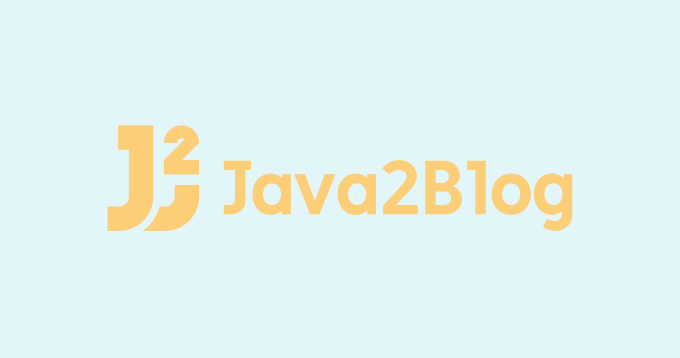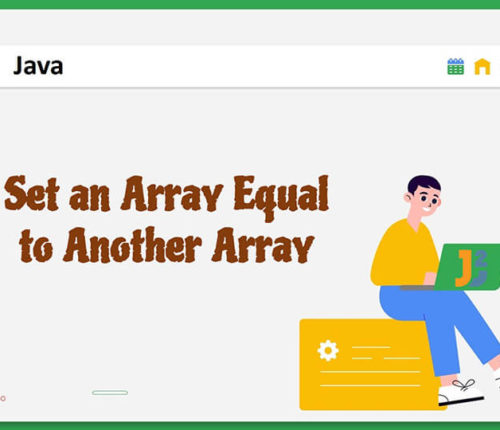Core java


 25 May
25 MayEscape new line in JavaScript
In this post, we will see how to escape new line in JavaScript. There is no well known JavaScript library which can escape all special characters in String. Escape new line in JavaScript To escape new line in JavaScript: Use replace() method with regular expression /[\n]/g as first parameter and \\n string as second parameter. […]
 23 May
23 MayEscape Ampersand in URL in JavaScript
In this post, we will see how to escape ampersand in JavaScript. To escape Ampersand in JavaScript, use encodeURIComponent() in JavaScript. [crayon-693d33973f58d665694248/] Output [crayon-693d33973f592421344223/] As you can see that when we called encodeURIComponent, it encoded & to %26. You can use % to escape characters that aren’t allowed in URLs. Here & is 26 in […]
 18 May
18 MayFill Array With Random Numbers in Java
The arrays are a commonly used data structure that stores the data in contiguous memory. In this article, you will understand different methods to fill the array with random numbers in Java. We will generate the random numbers using different library methods such as the Java Utility library’s Random class, the Java’s Math class, and […]
 18 May
18 MayHow to Sum BigDecimal Using Stream in Java
This article discusses how to sum BigDecimal using stream. One of the significant features in Java 8 is the introduction of stream functionality and a way of carrying out the sum operation on streams of numbers like BigDecimal. BigDecimal objects are immutable like String. Once immutable objects are created they can not be modified. So […]
 18 May
18 MaySAX Error – Content Is Not Allowed in Prolog
This article discusses the SAX Error – Content is not allowed in prolog. The SAX parser is the XML parsing API that you can use to process the XML files. However, while using the SAX parser, you may encounter SAX error – content is not allowed in prolog. Sax Error Due to Invalid Text Before […]
 18 May
18 MayReturn True in Java
This article discusses the methods to return true in Java. The article discusses general approach to return a boolean variable from a function in Java. Boolean Values in Java The boolean values in Java represent a truth or fallacy. To denote the truth boolean true is used while boolean false denotes the fallacy. You should […]
 17 May
17 MayHow to Add Multiple Values for Single Key In HashMap in Java
This article discusses the HashMap in Java and how to add multiple values for Single Key In HashMap in Java. HashMap The HashMap in Java is an instrument that allows efficient access, insertion, deletion, and updating using the indexing concept by storing data in the form of key and value pairs. It was introduced in […]
 17 May
17 MayHow to Initialize an Array with 0 in Java
This article discusses the arrays and different ways to initialize an array with 0 in Java. Arrays The arrays are the fundamental data structures, they are sequences of elements stored in contiguous memory locations. The first step when using a data structure involves initializing the data structure which in our case is arrays. Array instantiation […]
 23 April
23 AprilSet an Array Equal to Another Array in Java
This article discusses methods to set an array equal to another array in Java. Arrays are the most basic data structures that store the data at contiguous memory locations. The operations on the array elements are performed using the indices. Setting an Array Variable Equal to Another Array Variable It might seem logical to set […]



